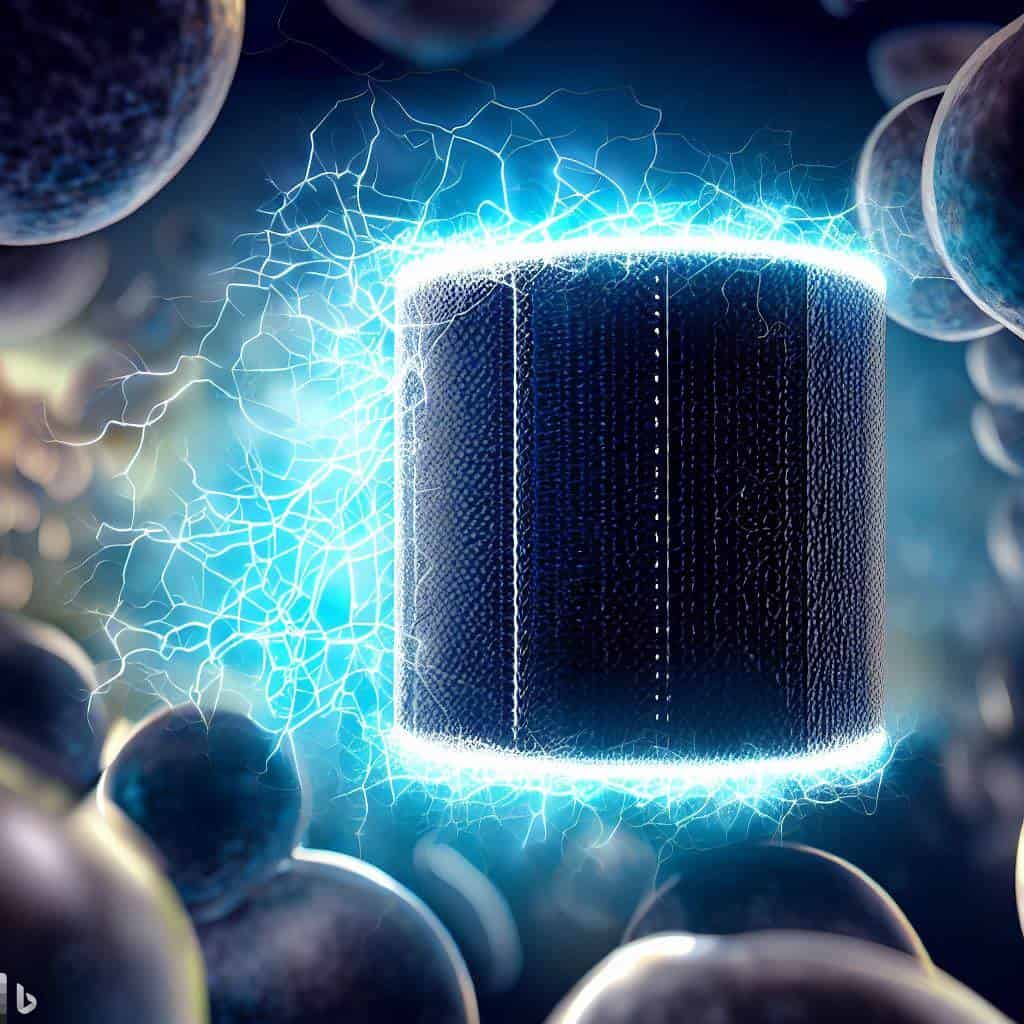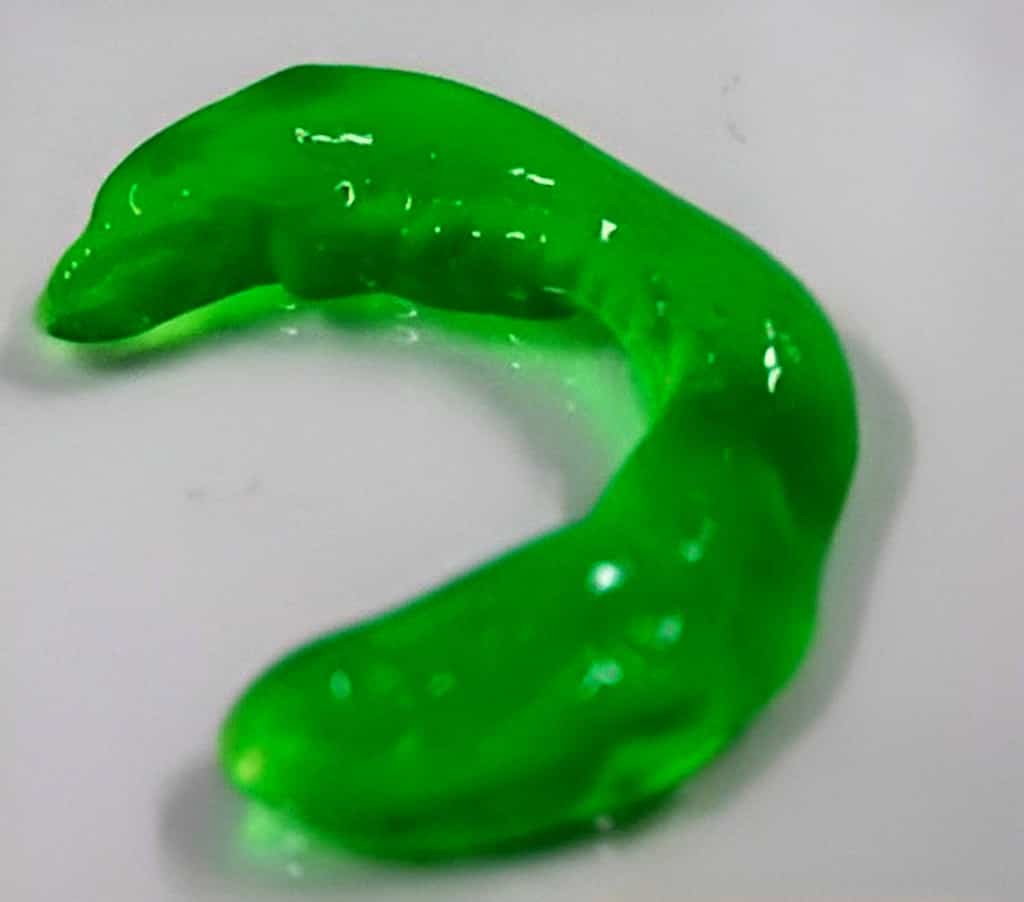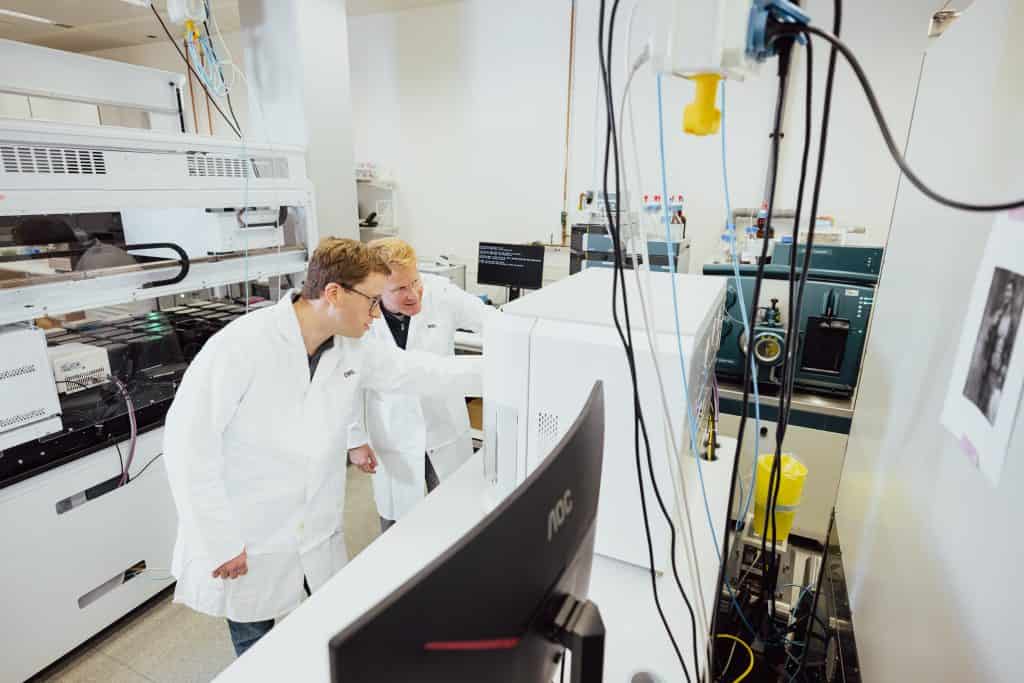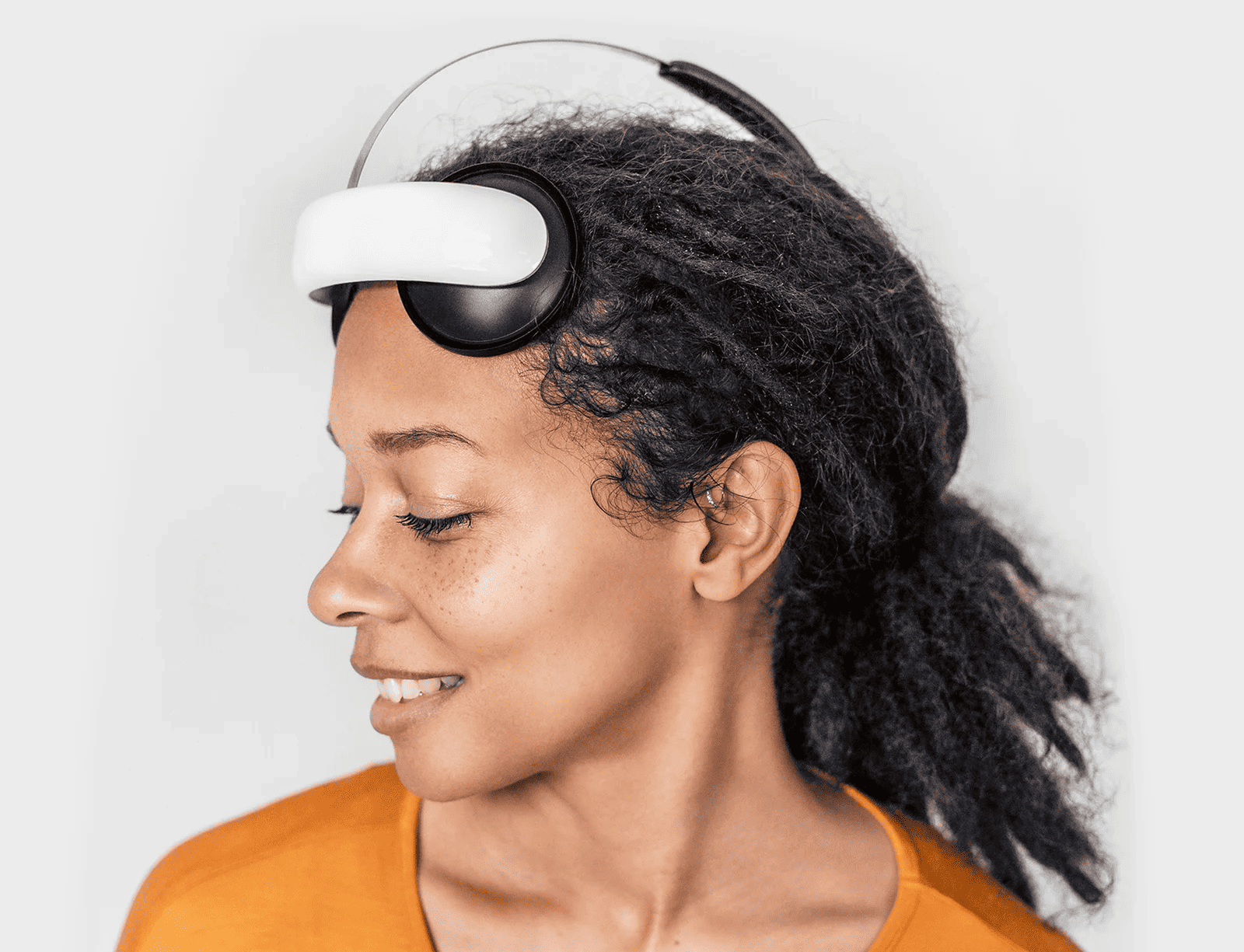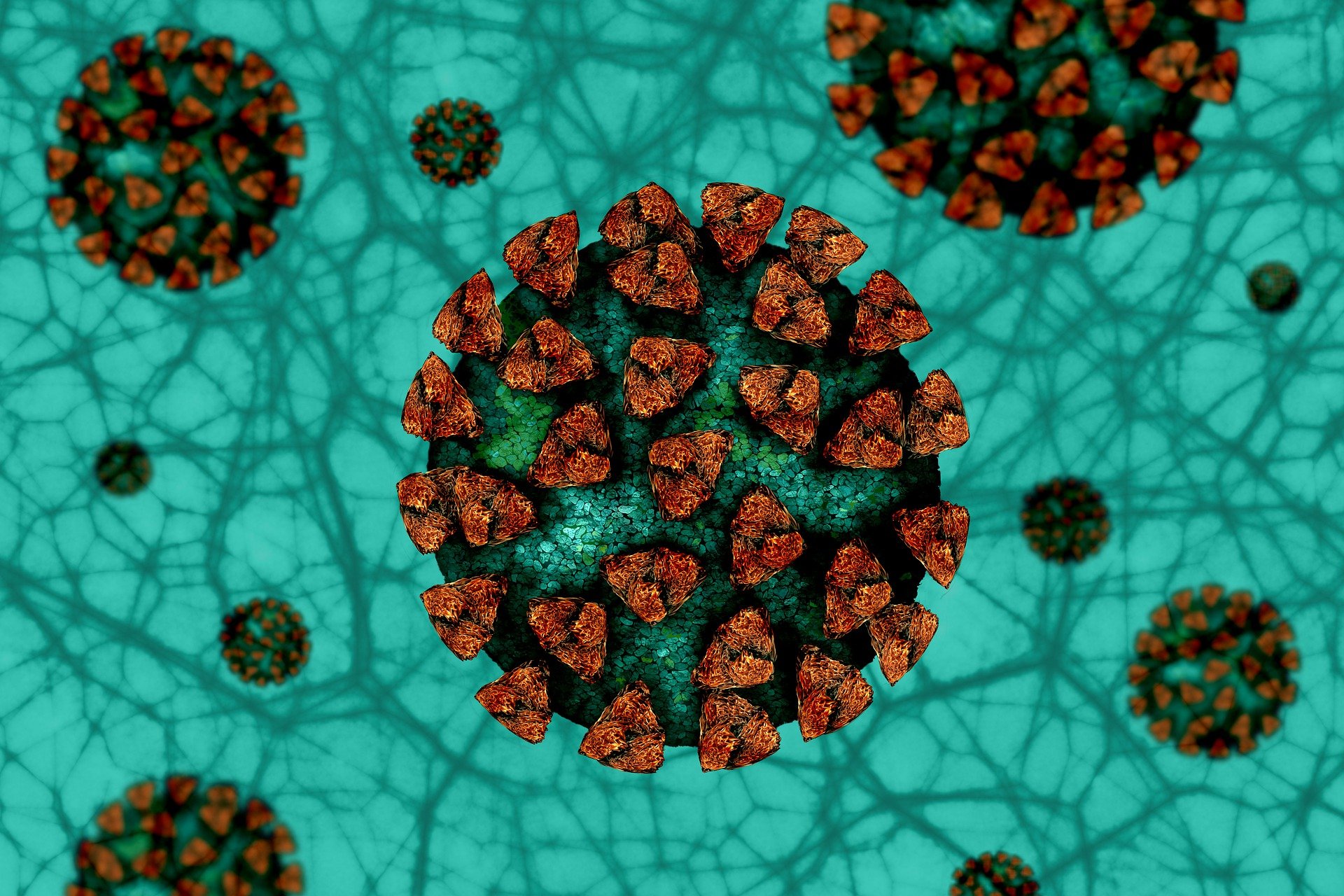
Researchers found a new method to detect nano plastics in blood. The study used flow cytometry – a technique used to detect and measure physical and chemical characteristics – to detect and measure the level of tiny plastic particles in peripheral human blood, writes the Universitat Autònoma de Barcelona in a press release.
The study, published in the journal MethodsX, was conducted by researchers from the Germans Trias i Pujol Research Institute (IGTP), the Catalan Institute of Oncology (ICO), the Universitat Autònoma de Barcelona (UAB), the Blood and Tissue Bank (BST), Lleida’s Biomedical Research Institute (IRBLleida), Barcelona’s Sant Joan de Déu Hospital, Thermo Fisher Scientific, and Sartorius Stedim North America.
A New Tool for Accurately Detecting Nanoplastics
In this study, researchers used fluorescence and nano cytometry techniques to detect nano plastics in blood by flow cytometry. This method is fast, accurate, and highly reproducible and can be used in future studies on human plastic exposure. The authors evaluated nano plastic accumulation in seven mice and one cohort of 196 people, including regular blood donors, neonates, and patients with and without hematological conditions.
The results showed that all subjects evaluated had nano plastics present in their blood, regardless of whether they were human or mouse subjects. The levels varied across different groups; those with acute lymphoblastic leukemia had the highest levels, while pediatric patients with type one diabetes had the lowest. Additionally, there was an age-based difference in nano plastic levels; those from 40 to 90 years old had increasingly lower levels, suggesting that nano plastics may accumulate in tissues such as fat tissue.

Plastic Inhalation May Play a Larger Role than Previously Thought
Researchers also compared nano plastic levels between people who lived in Barcelona’s metropolitan area – an area with higher levels of atmospheric pollution – and mice kept in a highly controlled environment at the Comparative Medicine and Bioimage Centre of Catalonia (CMCiB). The results showed significantly lower levels of nano plastics in the mice than in humans, suggesting that inhalation of plastics may play a more important role than previously thought.
Dr. Jordi Petriz from IGTP’s Functional Cytomics Lab and principal investigator of the study highlighted the importance of this study for “understanding how exposure to plastic particles affects people’s health and how these particles accumulate over time.” He also noted that flow cytometry is a “new, simple technique for accurately detecting nano plastics” and said, “to confirm an association between nano plastic pollution and health, more research needs to be conducted.”




